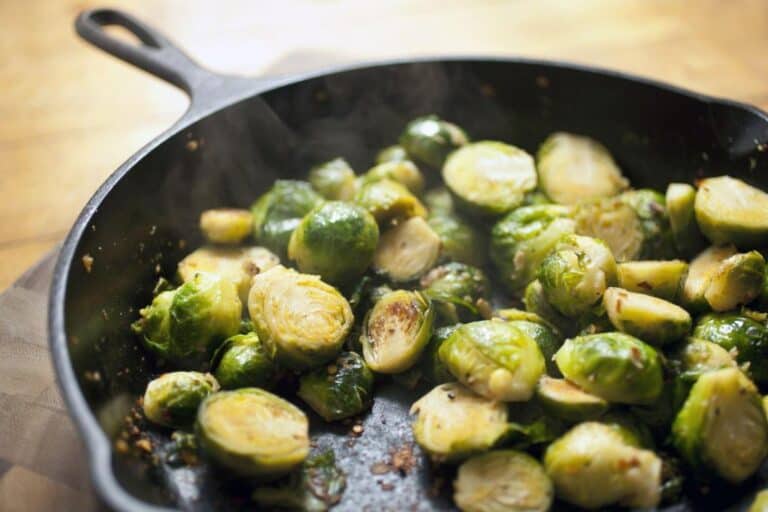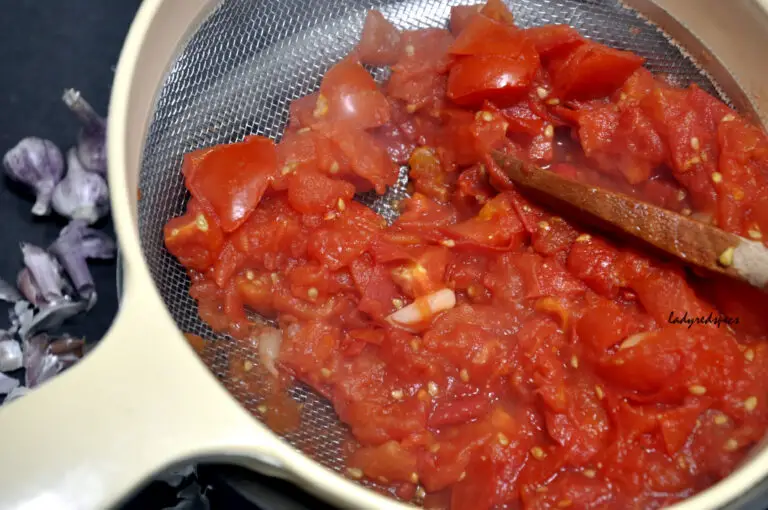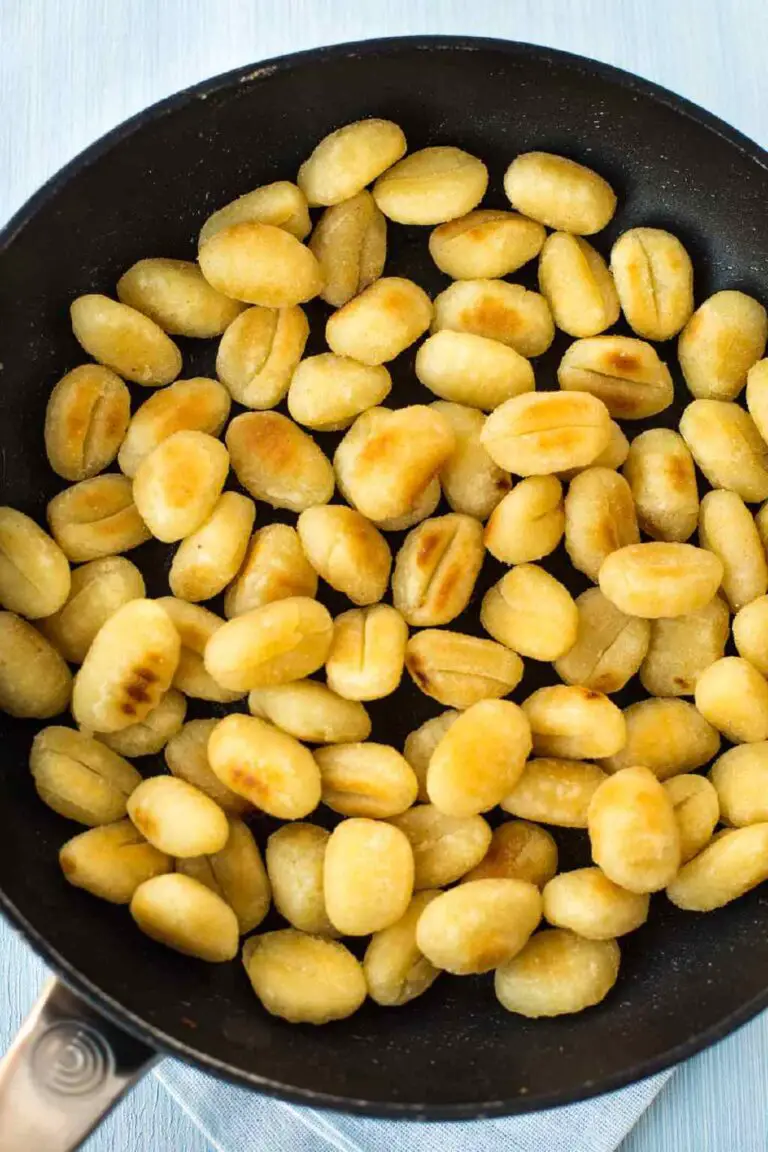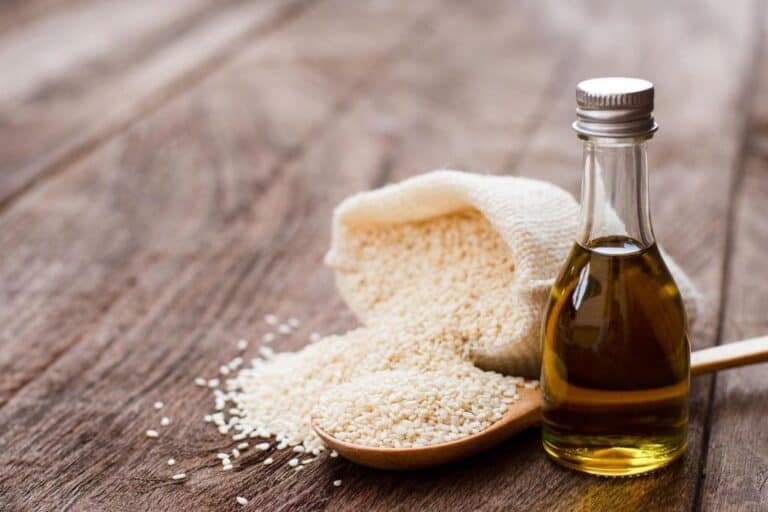Can All-Purpose Flour Really Make Perfect Fried Chicken?
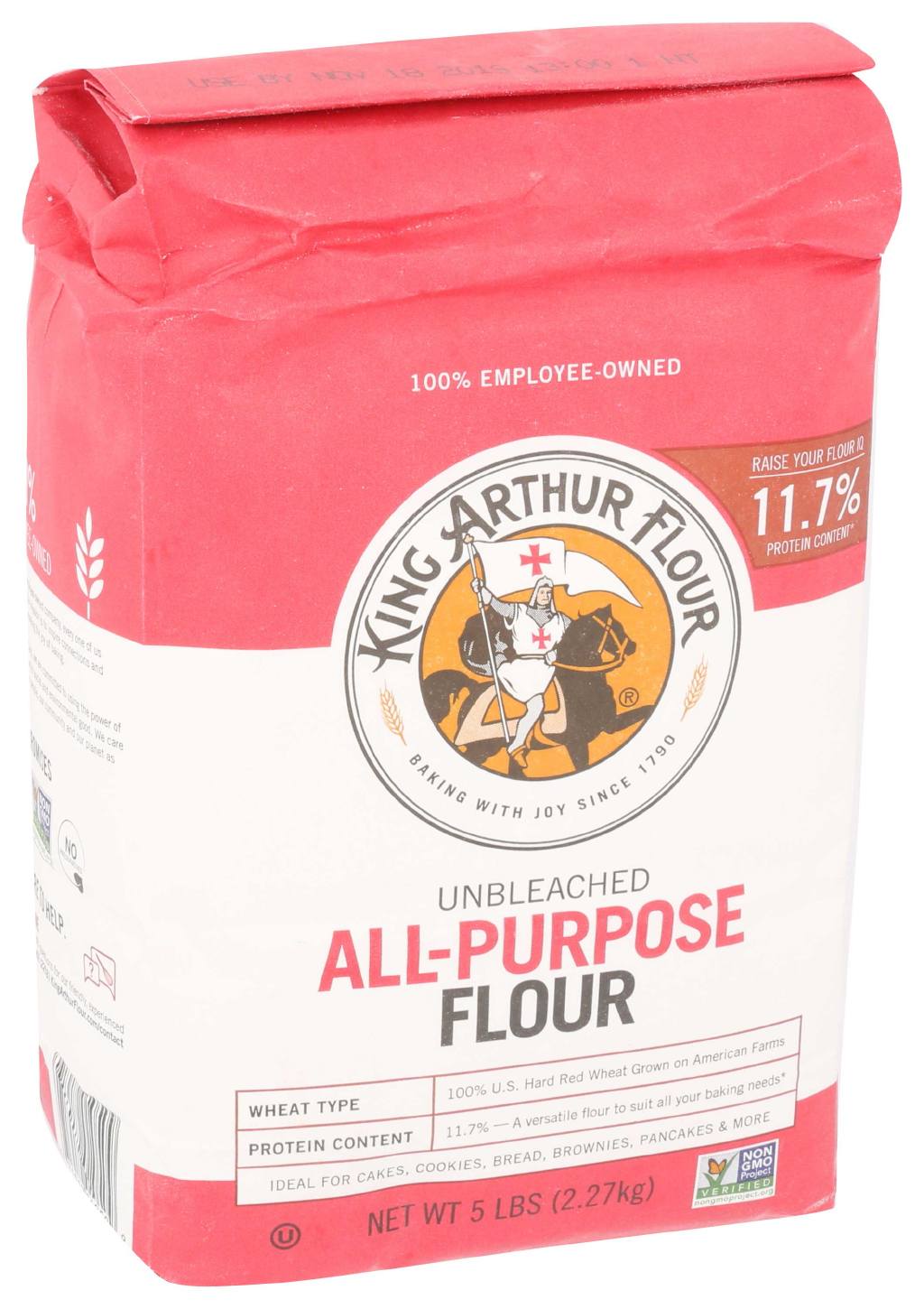
Fried chicken. It’s that quintessential comfort food—crispy on the outside, juicy on the inside, and packed with flavor. But if you’re aiming to nail that perfect fried chicken at home, you might wonder: Does all-purpose flour really do the trick?
Let’s break down why all-purpose flour is often the go-to choice, how to work with it, and some secret tips to make your fried chicken so good, it’ll rival grandma’s Sunday best.
The Science Behind Flour in Fried Chicken
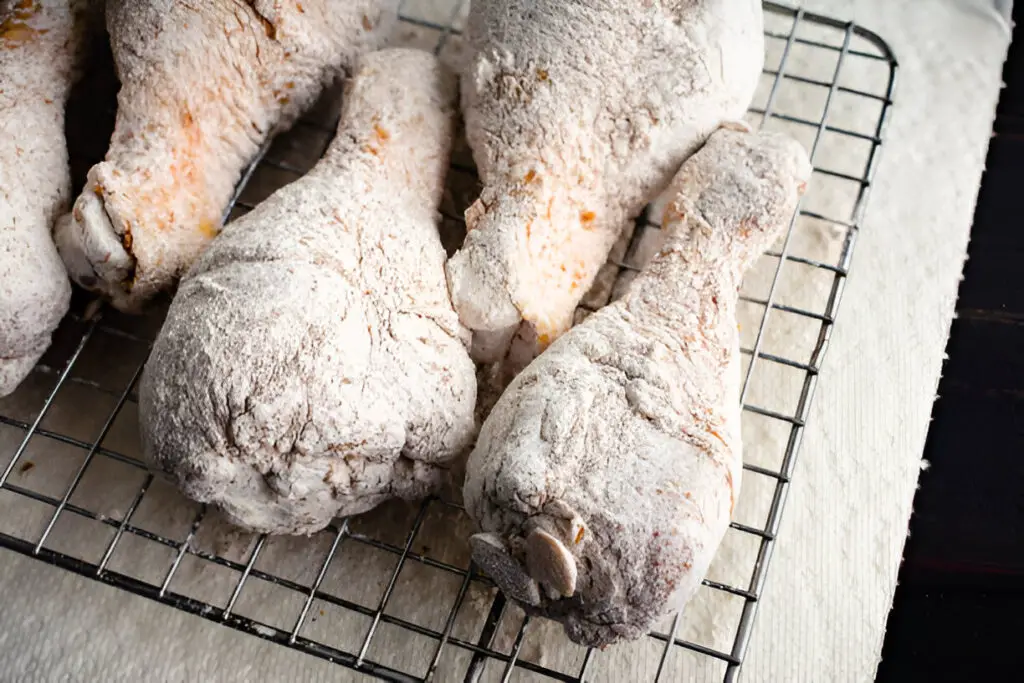
Flour is essential for both texture and flavor when it comes to making that perfectly crispy fried chicken. The flour coating creates a barrier that helps to lock in moisture while forming a crunchy crust during frying.
This combination not only enhances the overall flavor but also gives that satisfying crunch with each bite. The choice of flour can greatly influence the outcome, making it essential to understand which type works best for frying.
Different types of flour have unique properties that can affect your fried chicken. For example, all-purpose flour is a popular choice due to its versatility and balanced protein content. It creates a nice, even coating and helps achieve a golden-brown finish.
In contrast, cake flour has lower protein and produces a softer, less crispy texture, while bread flour, with its higher protein content, can yield a thicker and chewier crust.
| Flour Type | Protein Content | Texture Result |
| All-Purpose Flour | 10-12% | Crispy and golden-brown |
| Cake Flour | 7-9% | Soft and tender |
| Bread Flour | 12-14% | Chewy and thick |
Starches also play a vital role in achieving moisture retention and crispiness. When flour is heated during frying, the starches gelatinize, forming a network that traps steam and moisture inside the chicken. This process creates a juicy interior while the exterior turns crunchy. Additionally, starches help absorb excess oil, making the fried chicken less greasy. Understanding these elements allows you to master the art of frying and create delicious, crispy fried chicken that your family and friends will love.
Why All-Purpose Flour Is (Almost) Always Right
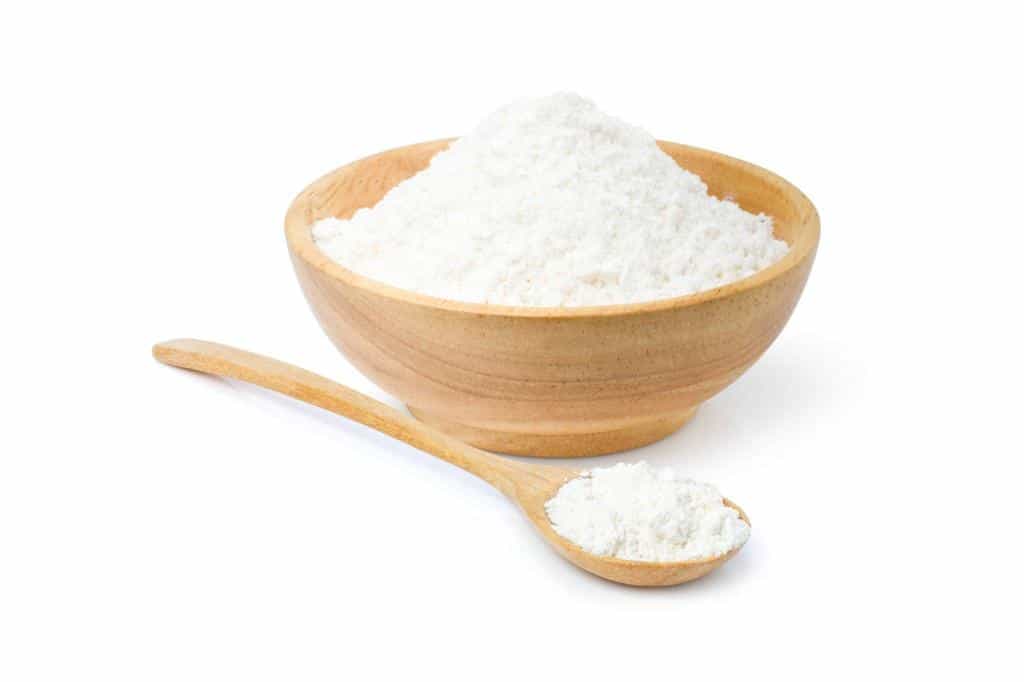
There’s a reason all-purpose flour is a staple in most fried chicken recipes. It’s versatile, neutral in flavor, and, most importantly, it crisps up beautifully. Here’s why:
| Attribute | Benefits for Frying Chicken |
| Texture | Creates a light, crispy coating that doesn’t overpower the meat. |
| Flavor Absorption | Absorbs spices and herbs, bringing a flavorful crust. |
| Accessibility | Easily available and affordable in most kitchens. |
| Neutral Flavor | Doesn’t compete with seasonings, allowing spices to shine. |
When properly used, all-purpose flour turns into that delicious, golden coating. But like any good chef will tell you, it’s not just about the ingredients—it’s also about technique.
| Related: Is All-Purpose Flour Whole Wheat? |
Prepping the Chicken: The Secret to Flavorful Fried Chicken
All-purpose flour might be the star, but what’s a performance without the supporting cast? Preparing your chicken properly is key to letting that flour shine.
Brine the Bird
Brining locks in moisture and flavor, making every bite juicy. You can go the classic route with salt and water or try a buttermilk brine for extra tenderness and a tangy kick. I typically let my chicken soak for 4-6 hours, but if you’re short on time, even an hour can make a difference.
Spice It Up
Don’t just season the flour—season the chicken itself. Rub on a blend of salt, pepper, garlic powder, smoked paprika, and maybe a pinch of cayenne if you’re feeling bold. Let these spices soak into the meat to add flavor from the inside out.
Flour Power: Achieving That Irresistible Crisp
Here’s where all-purpose flour takes center stage. But not all flours (or flour techniques) are created equal. Let’s look at the right way to use all-purpose flour for the perfect crust.
The Layered Approach
For the best crust, I like to double-dip. First, dredge the chicken in seasoned flour, then dip it in buttermilk, and finally, another coat of flour. This layering technique creates a flaky crust that clings to the meat like a pro.
Pro Tip: Season the Flour
A bland crust makes for bland chicken. Mix salt, pepper, and any other spices into the flour before dredging. This way, every inch of that crispy crust has flavor.
| Spices for Flour | Flavor Profile |
| Garlic Powder | Savory with a slight kick |
| Paprika | Adds color and smokiness |
| Cayenne Pepper | A touch of heat |
| Black Pepper | Sharp, bold undertone |
| Onion Powder | Subtle sweetness |
Frying Tips: Heat, Oil, and Timing
So, you’ve got your flour-coated chicken. Now it’s time to fry. This stage can make or break your dish, so don’t skip these tips.
Use the Right Oil
Choose an oil with a high smoke point, like vegetable or peanut oil, to keep the coating from burning before the chicken cooks through. Fill the skillet with about an inch or two of oil to allow for an even fry.
Get the Temperature Right
Aim for an oil temperature around 350°F. Too low and your chicken will soak up oil and turn greasy; too high and it’ll burn before the inside is cooked.
Give It Time
Don’t rush it! Let each side of the chicken fry for about 8-10 minutes. Flip it only once to keep the coating intact, and don’t crowd the pan. Give each piece room to breathe (and crisp up!).
| Also read: Can You Substitute Almond Flour for All-Purpose Flour? |
Troubleshooting Common Fried Chicken Issues
Even seasoned cooks can run into roadblocks. Here are a few common frying mishaps and how to avoid them.
| Problem | Solution |
| Soggy Crust | Ensure oil is at the right temperature, around 350°F. |
| Bland Coating | Season both the chicken and flour. |
| Uneven Crispiness | Fry in small batches and avoid overcrowding the pan. |
| Burning Crust, Raw Inside | Lower the heat slightly and fry for longer. |
Extra Crunchy Tips: Taking It Up a Notch
If you’re ready to level up your fried chicken game, try these tricks to make that crust even more memorable.
- Add Cornstarch: Replace ¼ cup of the flour with cornstarch. This addition makes the crust even crispier and lighter.
- Use Club Soda or Sparkling Water: A splash in your wet batter creates tiny air pockets, leading to a fluffier crust.
- Breadcrumbs for Extra Texture: For a layered effect, add a sprinkle of breadcrumbs to the flour mixture. It adds a subtle crunch.
Is All-Purpose Flour Enough?
Absolutely. All-purpose flour has been a mainstay for fried chicken for generations, and with good reason. Its neutral flavor and perfect crisping power make it an ideal choice, and when paired with the right techniques, it delivers unbeatable fried chicken.
So, can all-purpose flour really make perfect fried chicken? The answer is yes. With the right prep, a solid coating technique, and some patience at the frying stage, you’ll be biting into a piece of golden, crispy heaven in no time.

